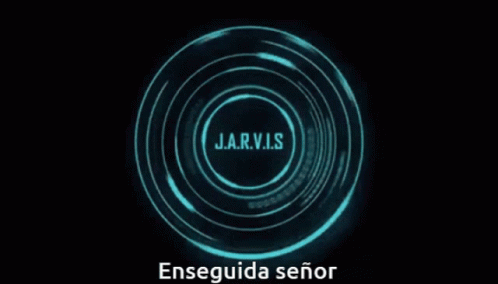
In addition, there are several other computational approaches, such as classical force-field (FF) 30, computational microscopy, phase-field (PF), CALculation of PHAse Diagrams (CALPHAD) 31, and Orientation Distribution Functions (ODF) 32 which lack the integrated tools and databases that have been developed for DFT-based computational approaches. Drawbacks of the existing DFT databases include non-inclusion of van der Waals (vdW) interactions 6, bandgap underestimations 23, non-inclusion of spin-orbit coupling 5, overly simplifying magnetic ordering 24, neglecting defects 25 (point, line, surface and volume), unconverged computational parameters such as k-points 26, ignoring temperature effects 27 (generally DFT calculations are performed at 0 K), lack of layer/thickness-dependent properties of low dimensional materials 28, and lacking interfaces/heterostructures of materials 29, all of which can be critical for realistic material-applications. Despite their successes, existing DFT databases face limitations due to issues intrinsic to conventional DFT approaches, e.g., the generalized gradient approximation of Perdew-Burke-Ernzerhof (GGA-PBE) 21, 22. The MGI encourages systematic Process-Structure-Property-Performance (PSPP) 19-based efficient design-approaches rather than Edisonian trial-error methods 20.Įspecially in the field of computational materials design, quantum mechanics-based density functional theory (DFT) 21 has proven to be an immensely successful technique, and several databases of automated DFT calculations are widely used in materials design applications. The MGI has revolutionized several fields for materials-applications, such as batteries 15, thermoelectrics 16, and alloy-design 17, thorough open-access public database and tool development 18. The Materials Genome Initiative (MGI) (, The website provides information about several activities and events under the Materials Genome Initiative (MGI), The website provides information about various projects under the National Institute of Standards and Technology (NIST)’s Materials Genome Initiative (MGI) chapter) was introduced in 2011 to accelerate materials discovery using computational 1, 2, 3, 4, 5, 6, 7, experimental 8, 9, 10, 11 and data analytics 12, 13, 14 approaches. The JARVIS datasets and tools are publicly available at the website. In addition to the existing workflows, the infrastructure can support a wide variety of other technologically important applications as part of the data-driven materials design paradigm. We compare our computational data to experiments or high-fidelity computational methods wherever applicable to evaluate error/uncertainty in predictions. JARVIS-tools provides scripts and workflows for running and analyzing various simulations. To date, JARVIS consists of ≈40,000 materials and ≈1 million calculated properties in JARVIS-DFT, ≈500 materials and ≈110 force-fields in JARVIS-FF, and ≈25 ML models for material-property predictions in JARVIS-ML, all of which are continuously expanding. The major features of JARVIS are: JARVIS-DFT, JARVIS-FF, JARVIS-ML, and JARVIS-tools. JARVIS is motivated by the Materials Genome Initiative (MGI) principles of developing open-access databases and tools to reduce the cost and development time of materials discovery, optimization, and deployment.


The Joint Automated Repository for Various Integrated Simulations (JARVIS) is an integrated infrastructure to accelerate materials discovery and design using density functional theory (DFT), classical force-fields (FF), and machine learning (ML) techniques. Npj Computational Materials volume 6, Article number: 173 ( 2020) The joint automated repository for various integrated simulations (JARVIS) for data-driven materials design


 0 kommentar(er)
0 kommentar(er)
